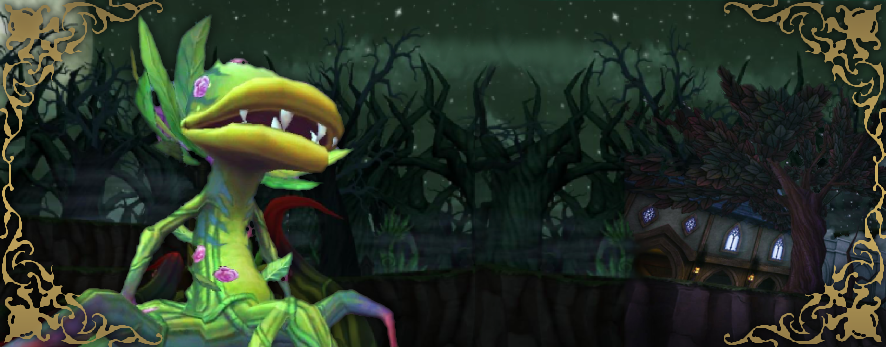Tag: damage
-
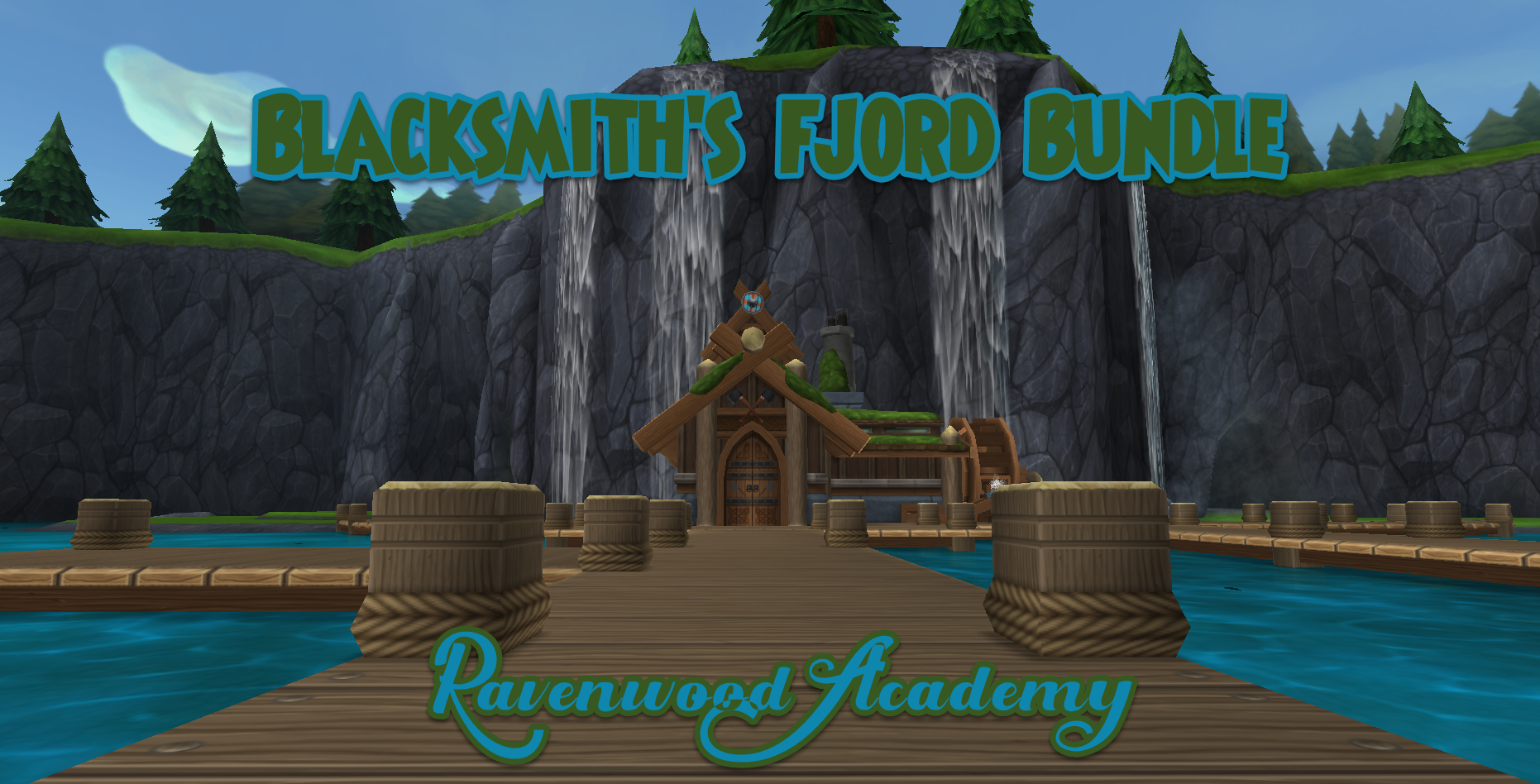
Blacksmiths Fjord Bundle
•
The Blacksmith’s Fjord Bundle is the second new bundle of 2021, and we are excited to explore it with you! This Grizzleheim-themed bundle is available at Gamestop and comes with the following items: Blacksmith’s Fjord Castle Permanent Fjord Dragon Mount Forge Goblin Pet Forgemaster’s Gear Forgemaster’s Sword 1-month prepaid membership…
-
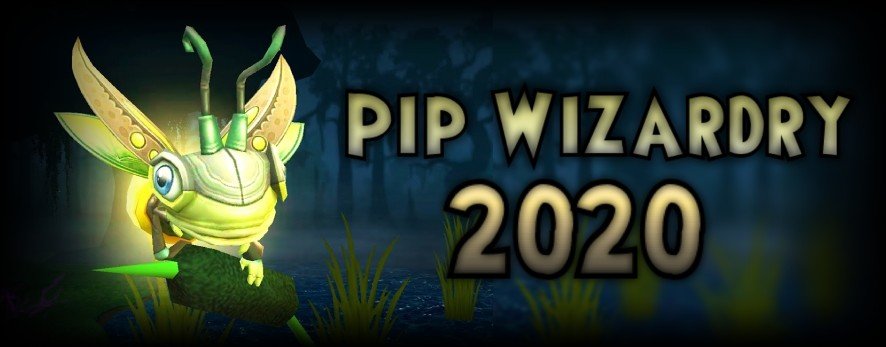
Pip Wizardry 2020
•
Pip Wizardry 2020! Hello Wizards, this is Nathan Shadowbringer here to help you calculate the actual damage of spells per pip! This article will be updated if spell changes happen down the line. Eventually, I plan for this list to include even Loremaster and crafted spells. We will start with the highest…
-
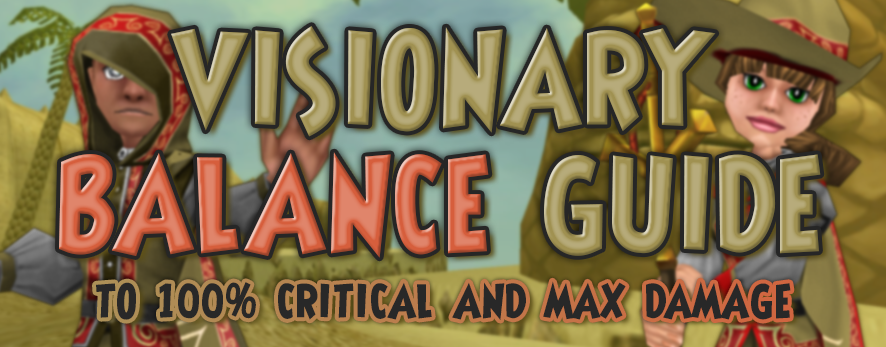
Balance 100% Critical Guide
•
Ah the school of Balance! Arguably one of the hardest schools to beat in PVP. In addition, they can also achieve max critical and high damage. With this setup you can get around 130% damage and 839 critical. Benefits of the Balance School The Balance school is really amazing. They’re one…
-
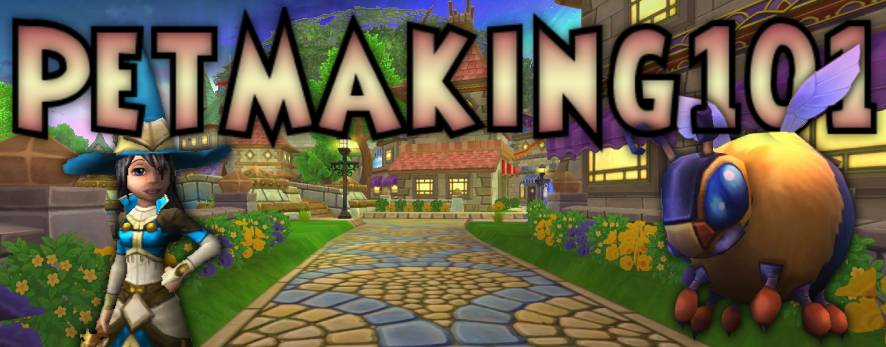
Petmaking 101
•
Where to Start The first step of the hatching process is to determine what your end goal is. If you don’t have specific talents in mind, it will be hard to know when you have finally trained your dream pet. If this is your first pet, I recommend going for…
-
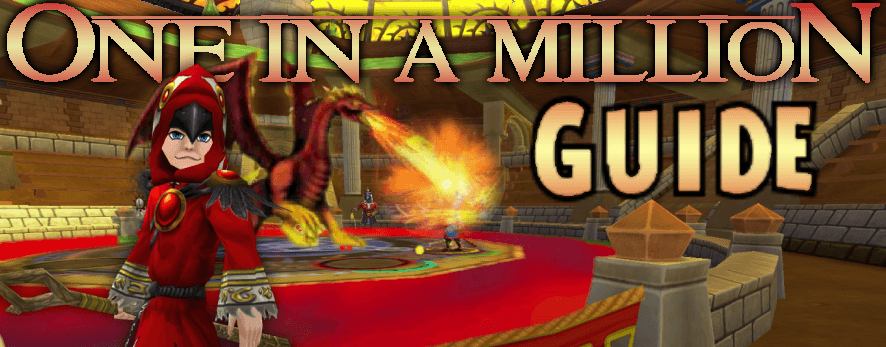
How to Get “One in a Million”
•
“One in a Million” is one of the most popular badges in Wizard101. Unfortunately, without the proper setup and strategy, you may fail at your attempt to earn it, wasting time and gold. So, here are my tips and tricks on how to achieve “One in a Million.” …
